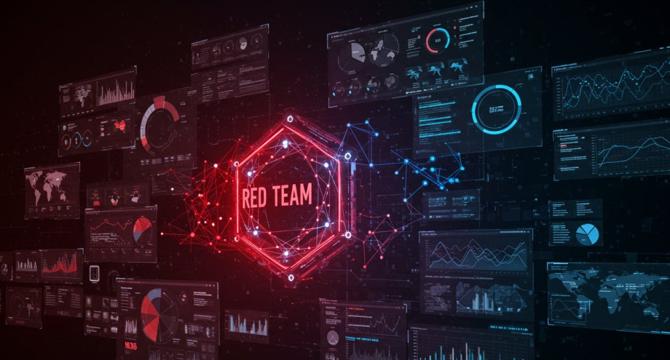VentureBeat
4w
364

Image Credit: VentureBeat
Red team AI now to build safer, smarter models tomorrow
- AI models are increasingly under attack, with a high percentage of enterprises facing adversarial model attacks.
- To address this challenge, integrating security into model building is crucial.
- Continuous adversarial testing throughout the Software Development Life Cycle (SDLC) is essential.
- Red teaming is emphasized as a core component in protecting large language models (LLMs) during DevOps cycles.
- Microsoft's guidance on red teaming for LLMs provides valuable methodology, aligned with NIST's AI Risk Management Framework.
- Regulatory frameworks like the EU's AI Act mandate rigorous adversarial testing, making continuous red teaming essential.
- Leading companies integrate red teaming from early design to deployment to enhance security.
- Traditional cybersecurity approaches are insufficient against AI threats, necessitating new red teaming techniques.
- Structured red-team exercises simulate AI-focused attacks to uncover vulnerabilities and enhance security.
- To counter evolving AI threats, continuous adversarial testing combining human insights and automation is vital.
- DevOps and DevSecOps must work together to enhance AI security by adopting high-impact strategies.
- Organizations should embed adversarial testing into all stages of model development.
- Balancing automation with human expertise is key to robust AI security.
- Red teaming ensures trust, resilience, and confidence in AI-driven future.
- Cybersecurity roundtables at VentureBeat's Transform 2025 will focus on red teaming and AI-driven cybersecurity solutions.
Read Full Article
21 Likes
For uninterrupted reading, download the app